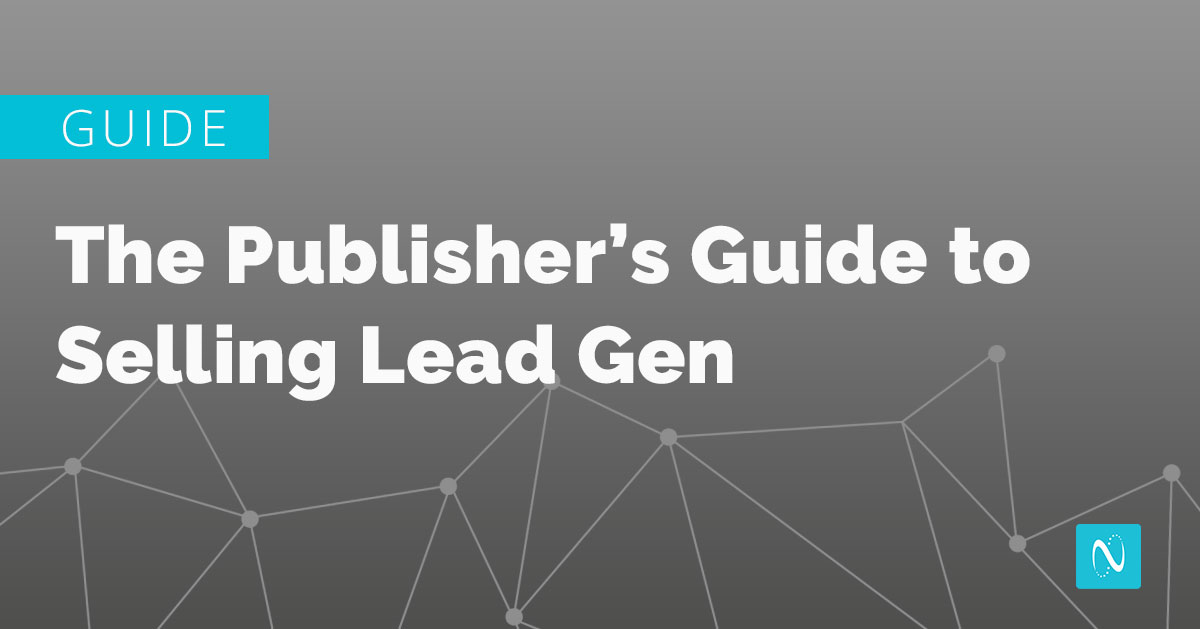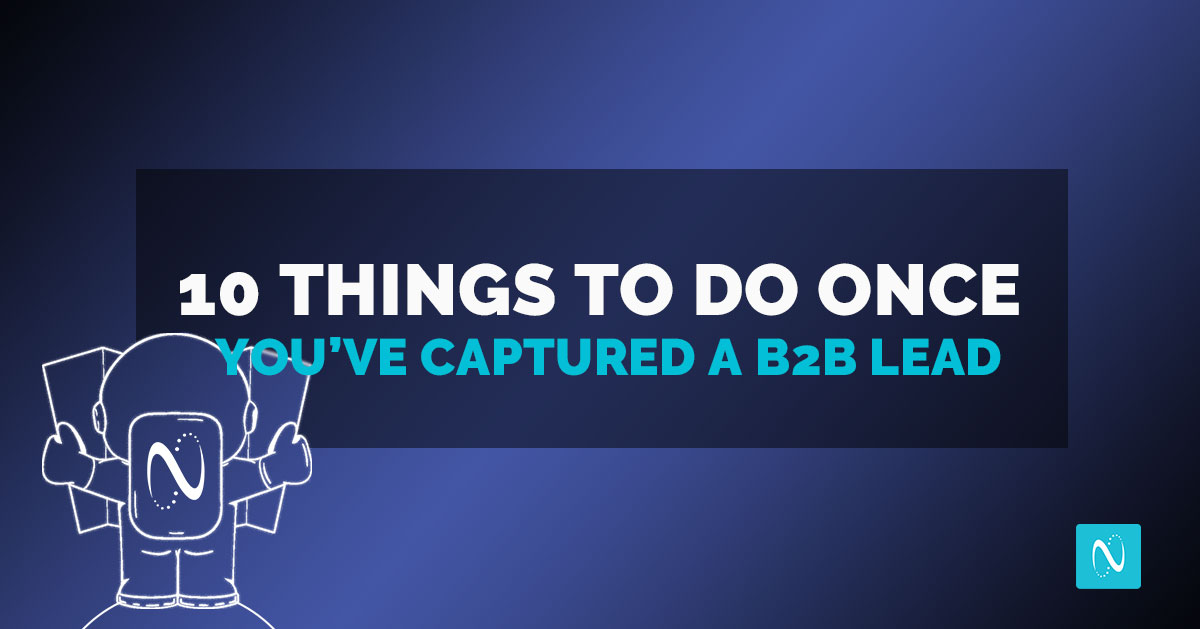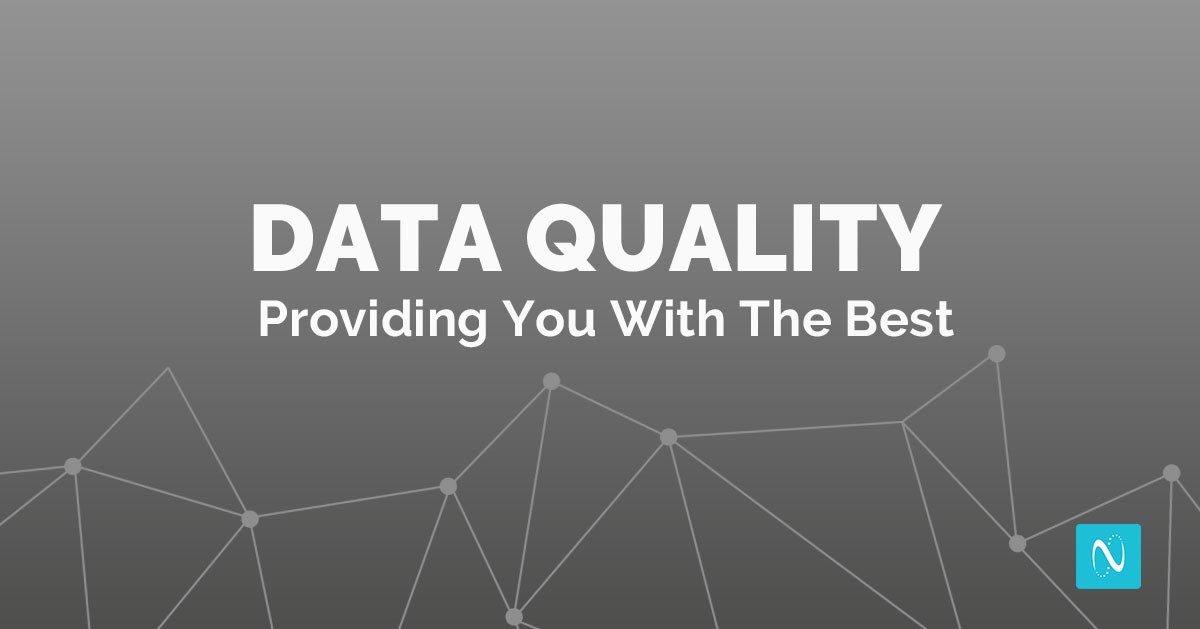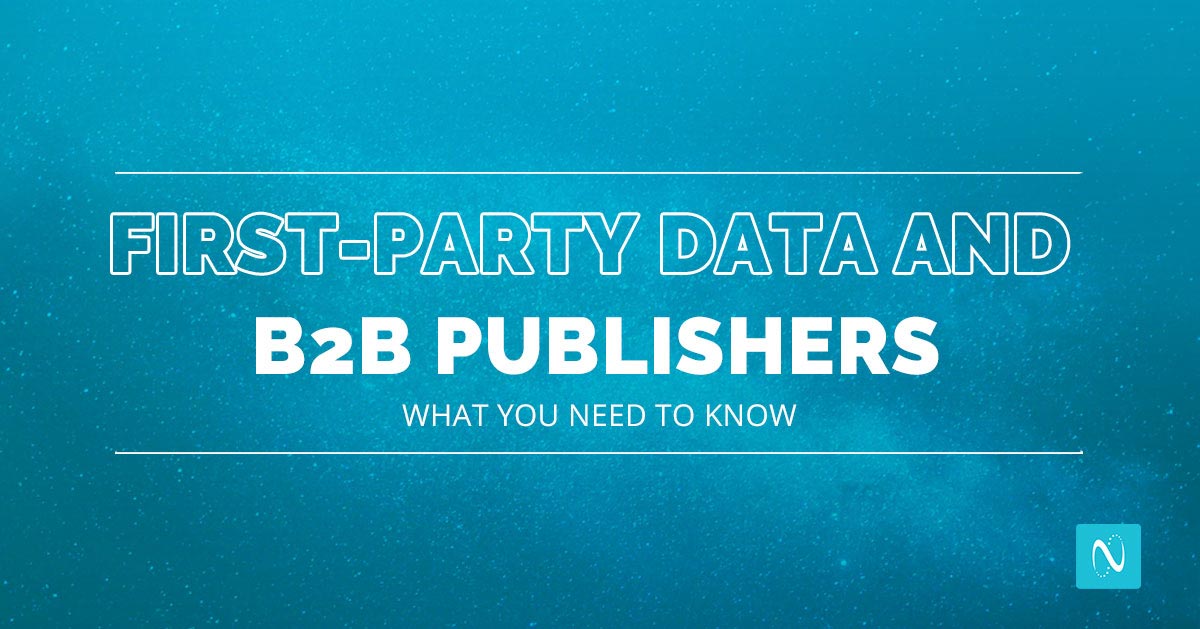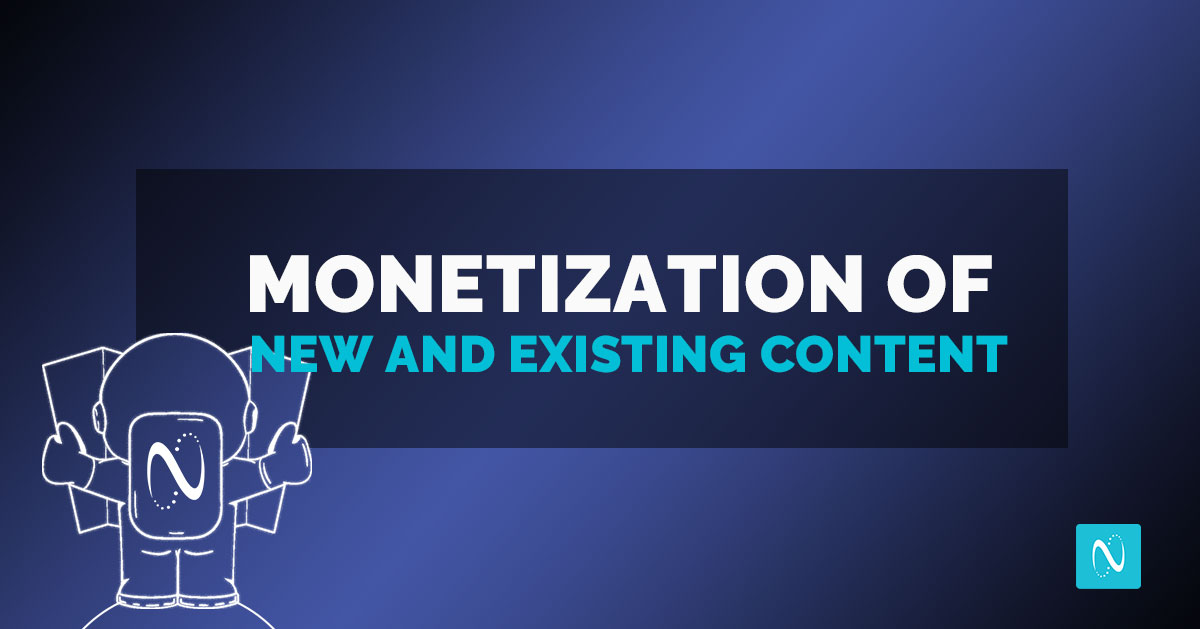HOW DOES ESTABLISHING A LEAD GENERATION PRODUCT DRIVE GROWTH FROM MY AUDIENCE REVENUES?
Your clients are constantly looking to develop closer relationships with your audience. The days of relying exclusively on vanity metrics and less than optimal formats of attribution are well behind us. As a result, your customers expect there be a direct path towards ROI attribution of their spend. Of equal importance, they’re also expecting to walk away from the campaign/relationship with first-party and fully opted-in data that can be cultivated beyond their relationship with you.
Content-centric lead generation is your pathway towards addressing the above customer requirements and positioning yourself as an always-on source of net-new dialogue with relevant industry prospects. Turning their existing content, and/or the custom content you create on their behalf, into actionable and measurable results is what this is product offering is all about.
Makes sense, right? So now what? You’ve already taken the most important step and decided to adopt NetLine’s Publisher Platform to power this growth initiative. Zero technical product development required. A no-cost Publisher Lead Generation Platform in a box. Now it’s all about execution…
HERE’S WHERE YOU CAN POSITION LEAD GEN TO YOUR CUSTOMER BASE
You know your organization, your customer requirements, and your Sales team culture. Choosing the right positioning and pricing model to sell lead generation at scale is all about taking those internal factors into consideration and making the choice that makes most sense for you.
Just because a competitor is selling one way does not mean that you need to mimic. Alternatively, it might actually be a competitive differentiator to sell using a different model if you’re really looking to distinguish yourselves in the space.
We’re here to bubble the most common models to the surface and foster a dialogue rooted in confidence. Even if lead generation is new for you, it’s not new for us. Our platform manages the underlying lead generation technology stack for countless B2B media companies and as a result, we’ve been directly exposed to every model possible. We’ve processed more than 5MM leads last year for Publishers globally. Odds are, if there’s a model that you’d like to pursue than NetLine has developed an authority to guide you through you this process. With that being the case, let’s dive into three of the more common models your B2B media peers/competitors leverage to power their own lead generation product and revenue growth.
First, let’s hone into the three main methodologies Cost-Per-Lead (CPL), Sponsored Content, and Flat Rate/Packaged campaign bundles. These instances usually have a specific timeframe to deliver the leads by monthly or quarterly are the most common.
SALES OPTION #1: COST-PER-LEAD (CPL)
One of the most common ways to sell a lead gen campaign is a Cost-Per-Lead (CPL).
The CPL is traditionally determined by two components:
• Include the amount of data the client would like to receive
• The targeting criteria is set by the client or publisher (GEO, Job Function, Industry, Company Size, ABM, Suppression)
Once you have determined the CPL and know the client’s budget you will know exactly how many leads you will need to deliver for the client’s campaign.
Pro Tip: If you ever struggle to meet these goals you can always tap into NetLine’s audience to generate additional qualified leads for your client.
SALES OPTION #2: CUSTOM CONTENT SPONSORSHIP
Whether you are creating new content for a potential client or repurposing already created content (blog posts, reports), these are great ways you can work with advertisers that may not have content of their own or clients that are looking to simply expand upon their existing mix.
As you know better than anyone, your editorial team can create many different types of content, including white papers, eBooks, infographics, and reports that can easily be leveraged/repackaged for customer use.
If you’re looking to scale this model beyond a singular sponsor, you might consider selling multi-sponsor packages to a limited amount (3-5) leading vendors for a fixed period in time (6 months). Doing so allows you to monetize the existing asset more than once and affords your customers access to a sponsorship opportunity that could be limited/restricted from their direct competitors. Nothing drives engagement like FUD and knowing that a competitor could block them from a desirable position.
Normally what is included with these types of programs would be:
- Branding: Logo on the cover, persistent branding throughout the document, usually in the header/footer, and a dedicated page specific to the vendor’s solution.
- All lead data of those who requested the content
SALES OPTION #3: FLAT RATE / PACKAGED CAMPAIGN BUNDLES
Another popular way to sell lead gen is when a client would want to prioritize placement and the number of promotions on a selected asset. Next, a set amount to pay would be agreed upon by you and your client. In most cases, the amount the client pays provides no guarantee to the actual lead volume it only guarantees specific placements and a number of promotions. During the duration of a flat rate campaign, it is typical to provide an estimate of the number of leads you expect to deliver (based on past campaigns), but it is not a guarantee, and you should not be held to this number as the content your client provides you with being the biggest factor on the number of leads you generate from these promotions.
It’s extremely common for B2B publishers to leverage this model when looking to drive higher ASPs and grow the overall business from each customer account. Bundling lead generation into existing product packages allows greater control over the total value you are delivering to your customers.
The blending of the perceived value and the associated pricing is also a big factor for selecting this model. For B2B publishers who are steadfast against selling on a CPL basis, this model allows you to obfuscate the exact pricing associated with each offering within the package, thereby lessening the actual accountability burdened towards the publisher.
A word of caution though, customers might not like this model as it lessens their ability to accurately track what is working and what components of the package drove the greatest ROI.
Some of the more common placements included in this type of program:
- Resource Center Listing for an “X” Number Month’s
- “X” Number Dedicated Email Promotions
- Ad Inclusion Within Newsletter(s)
- Ads Inclusion Throughout Site
- Promotion Across Social Media Channels (LinkedIn Groups, Twitter, etc.)
Pro Tip: Usually no filters are in place for this type of campaign and the client would receive all leads generated.
CHOOSE YOUR OWN ADVENTURE
No matter what model(s) you choose, NetLine’s Publisher Platform can provide you and your clients with a variety of advanced capabilities to manage their campaign and more importantly their expectations:
- Custom and publisher branded landing page(s) with logo, title, and description (along with preview link before active)
- 15+ Standard Data Fields with each lead
- Custom Questions
- Filtering Capabilities Including ABM, Suppression, and Business Email-Only Options
- GDPR, CASL, CCPA Compliant Forms
- Interactive Campaign Web Report
- Automated lead delivery via email or API connector to virtually any third-party CRM, MAP, CDP, or ESP.
For your convenience we have developed this free this template to help you communicate to your clients.

